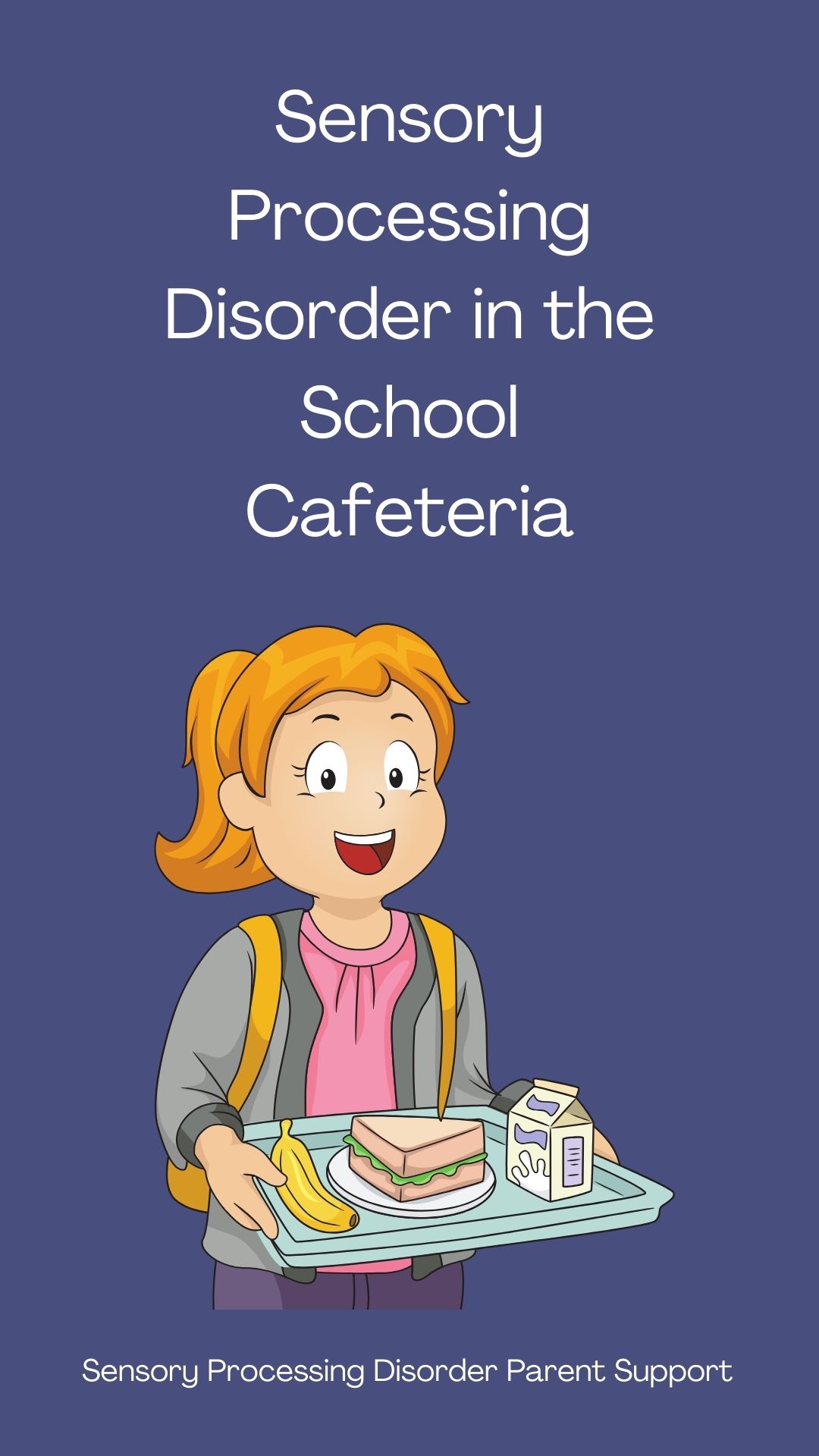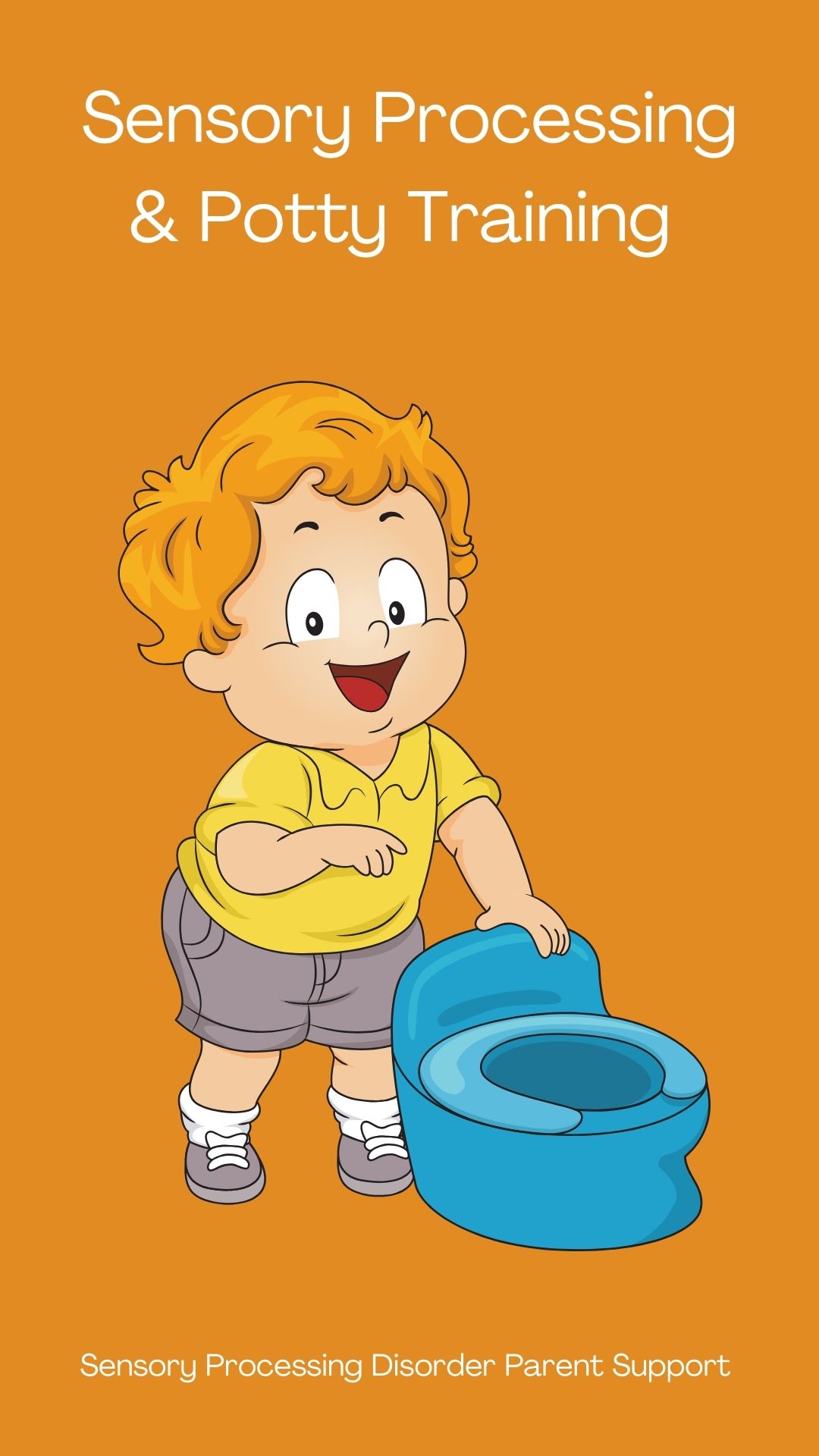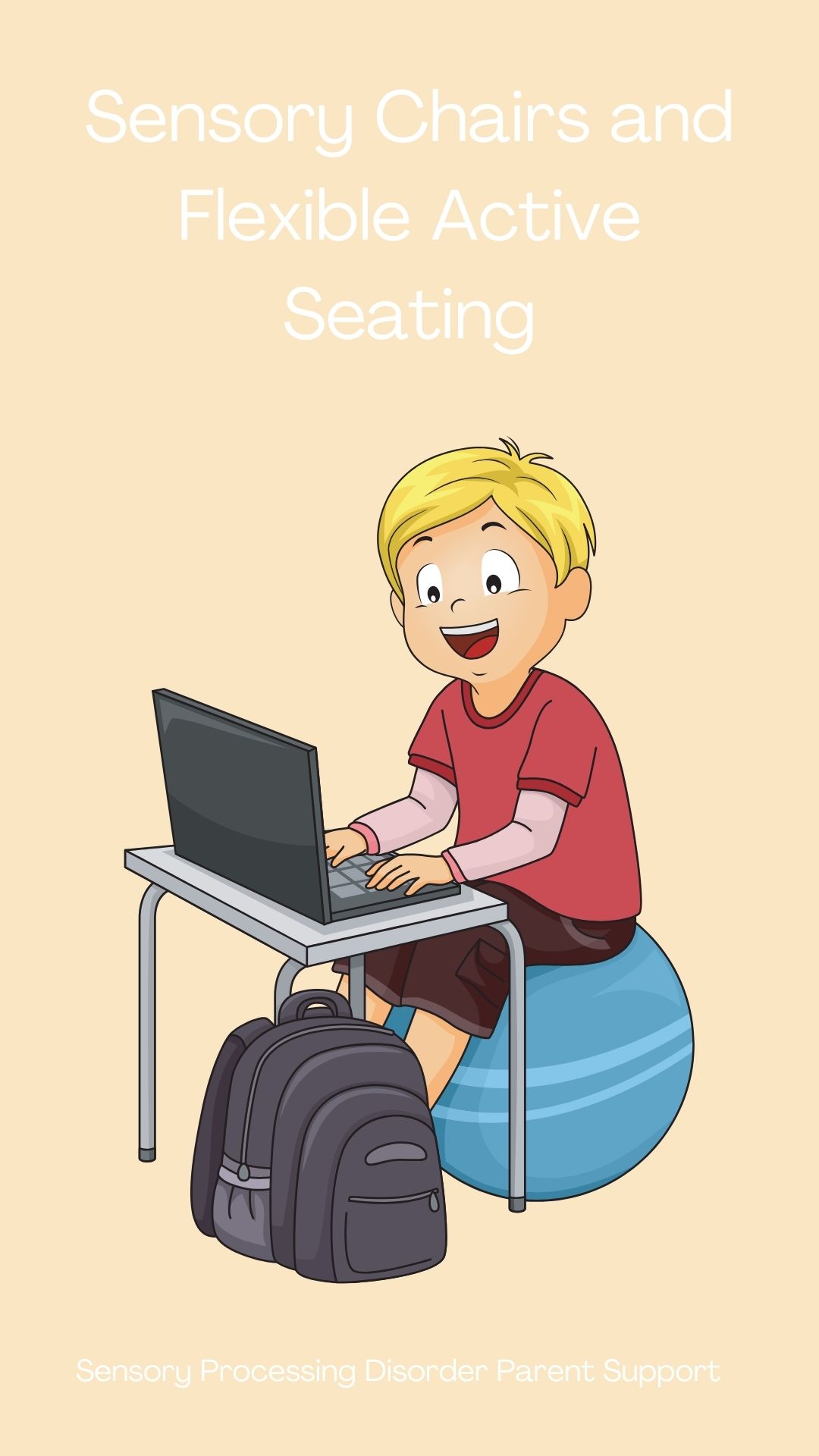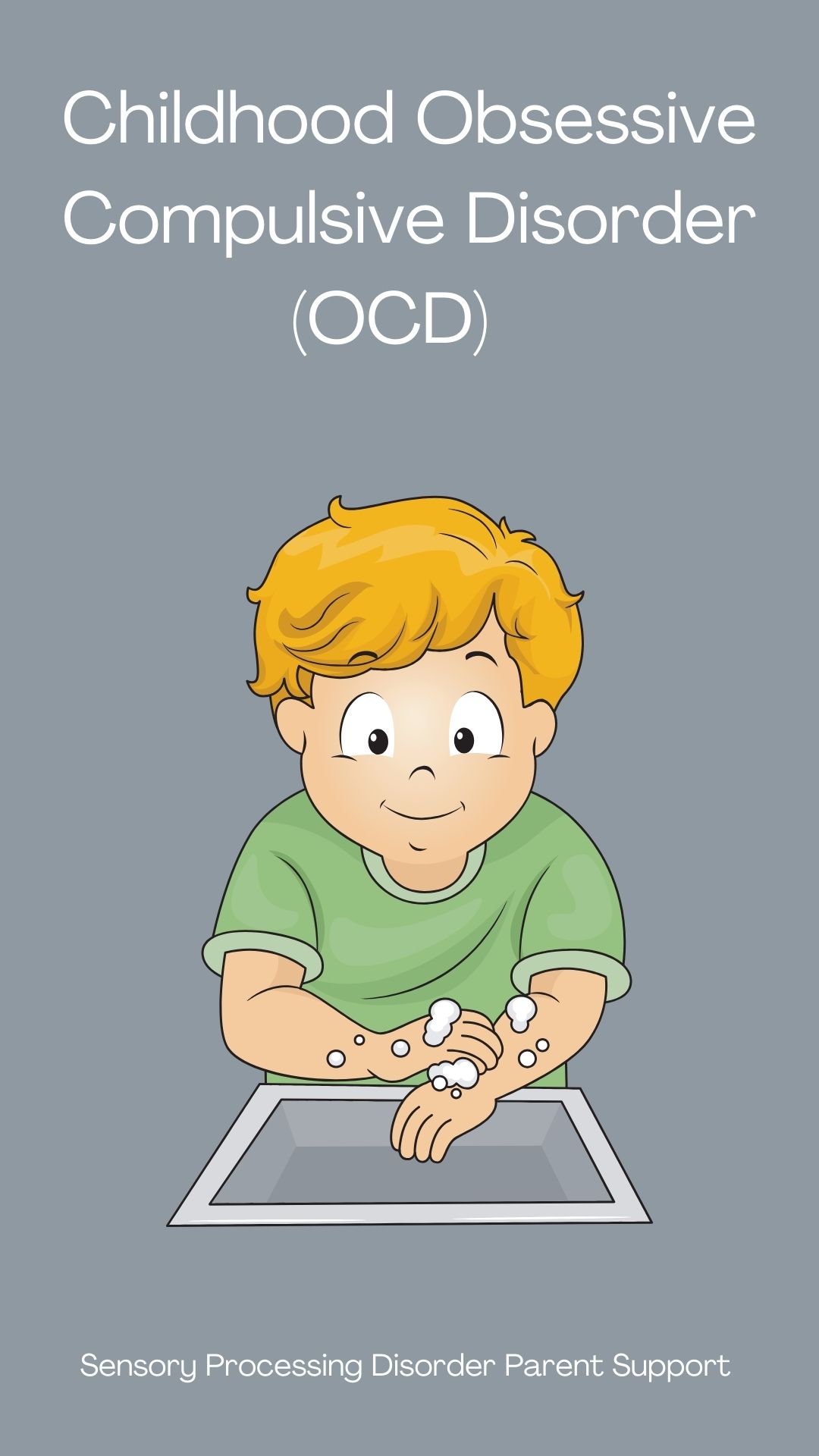
Sensory Processing Disorder Parent Support
Building A Sensory Space
Children with sensory differences ... painting the world beautiful.
Building A Sensory Space
Jeanette Loftus
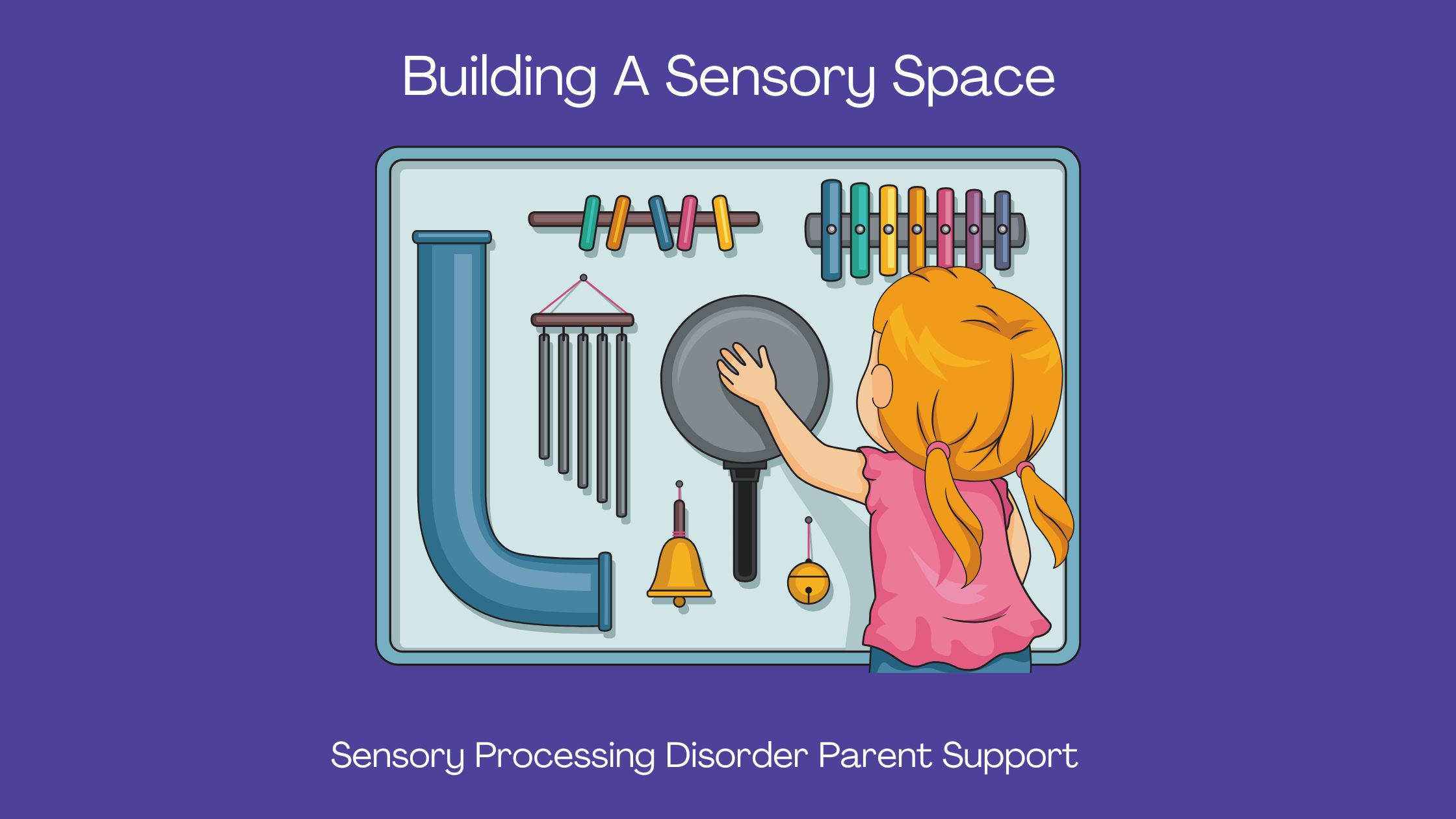
Walking into a sensory space can feel so nice and calming. You are surrounded by sensory lights, calming music, comfy seating and soothing sensory products. It feels so peaceful when you are in a sensory space. A sensory space can be a calming place for our children when they need to regulate themselves. Their sensory space can be in your home or at school. Some children have a sensory space in both school and at home.
Resources For Parents
Therapies For Kids Sensory Spaces To Help Regulate Your Child's Emotions | Therapies For Kids
DISCLAIMER: I have learned a lot over the years but I am still learning. Always do your own research and exercise sound judgment. I am not an occupational therapist or a physician. I am an adult who has sensory processing disorder, a sensory parent and a Grandma. The information on this website is not medical advice and does not replace the information that your child's therapists or medical professionals give you. These are just ideas that I have learned myself over the years of being a parent and an adult living with SPD. If you are concerned for your child, please always seek medical attention through a family doctor, pediatrician or therapist. This website is for awareness purposes only. Each child is different and what works for one child may not for another because all children have different sensory needs. Please always consult with a medical professional. C lick on links throughout each page for more resources and information. Click here for more resources https://sensoryprocessingdisorderparentsupport.com/sensoryprocessingdisorderresources
Amazon offers a small commission on products sold through their affiliate links on my website. Each of your purchases through links on my website for Amazon affiliation links or sponsored links support me but no additional cost to you so thank you. I appreciate it so much! I am not responsible should you purchase anything from any links on this website.
Sensory Space Tools & Toys
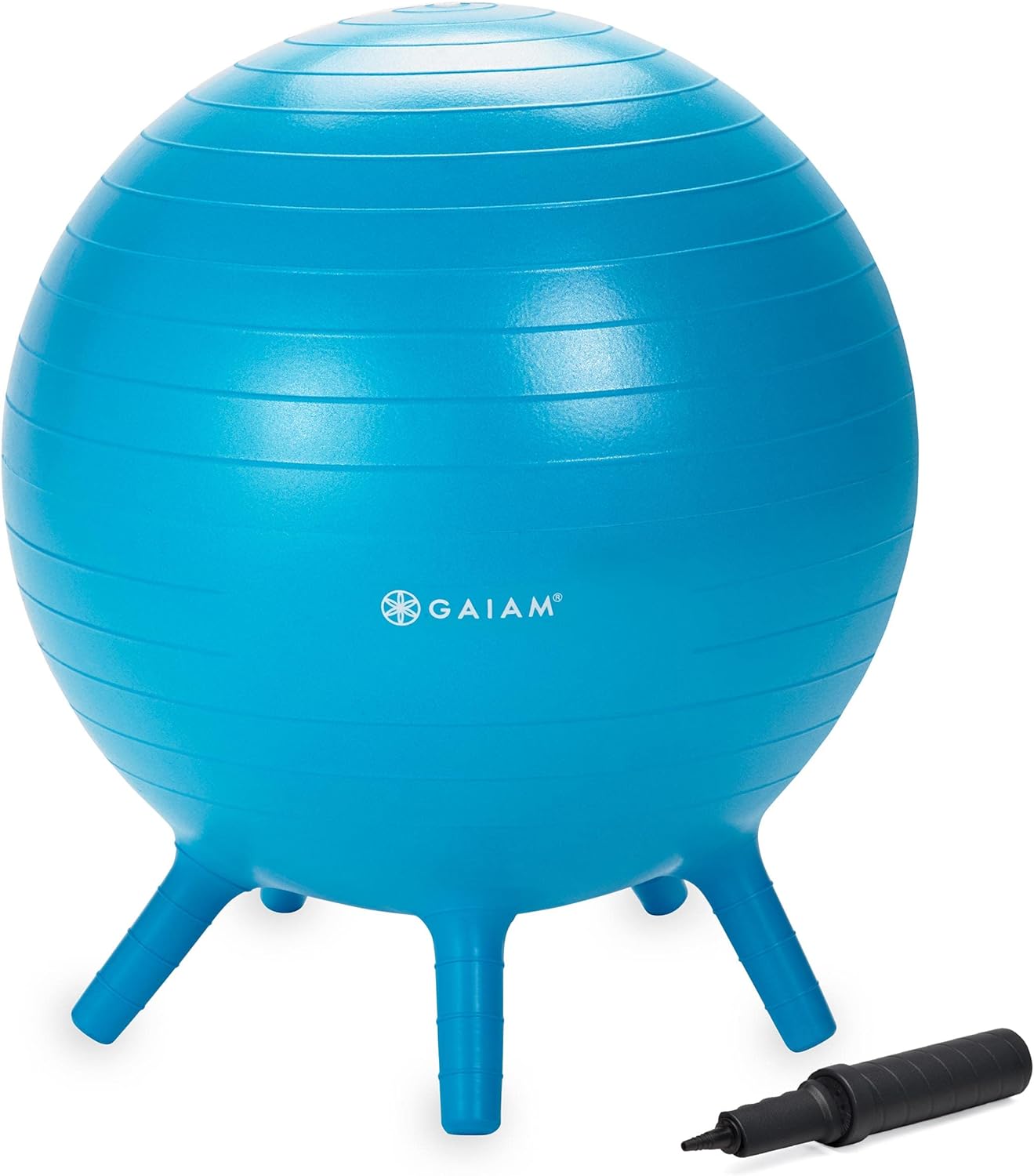
Amazon
Kids Stay-N-Play Children's Balance Ball
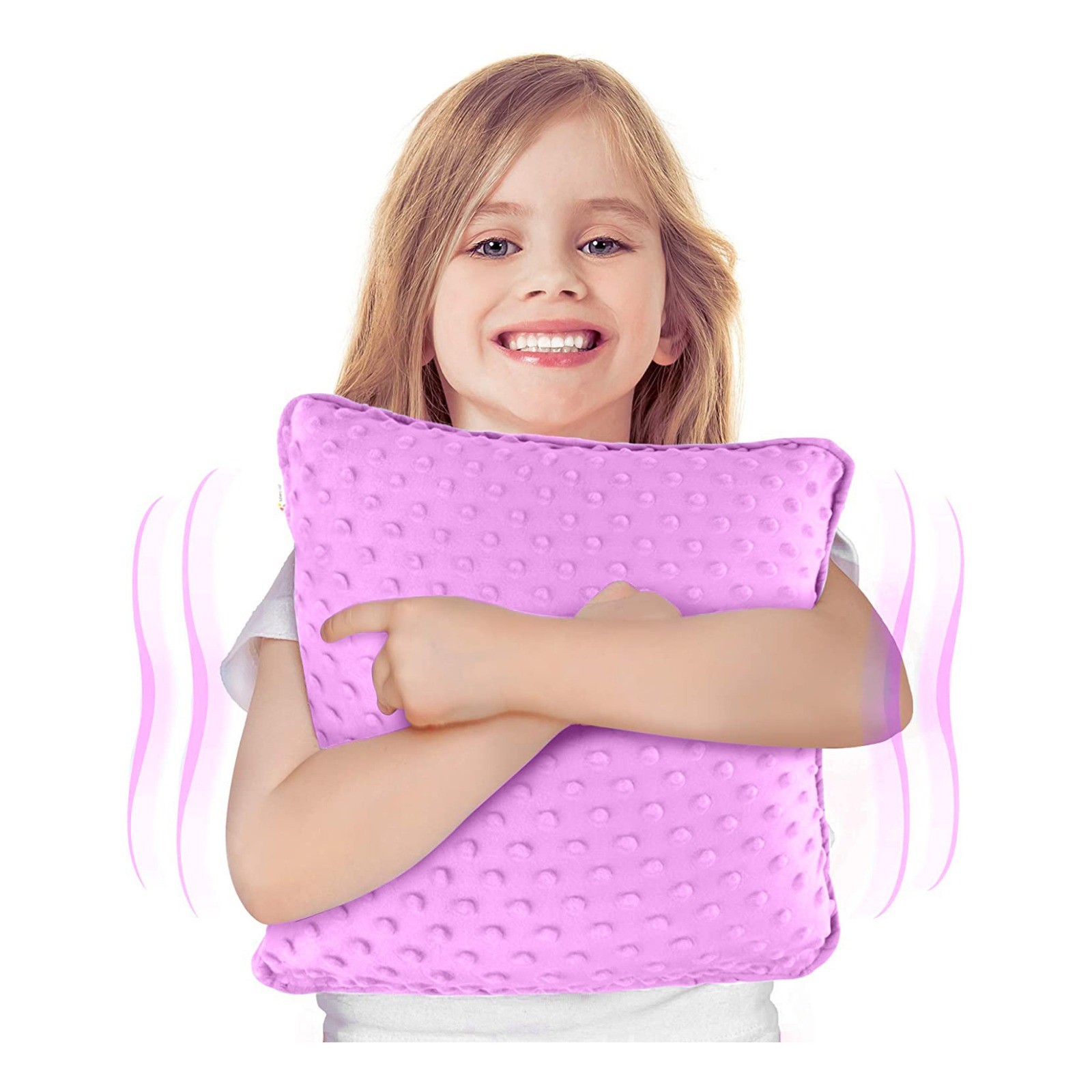
Special Supplies
Vibrating Sensory Pillow for Kids and Adults
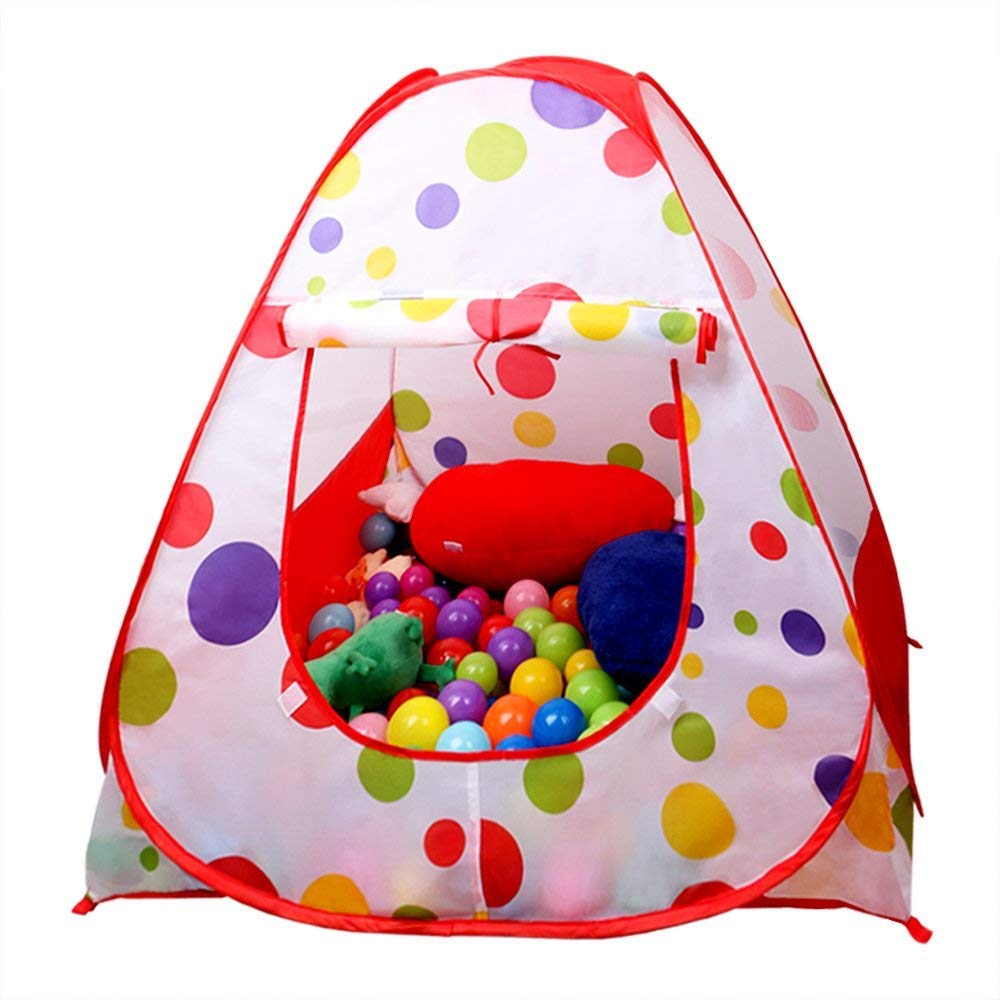
Amazon
Ball Pitt Sensory Tent for Kids
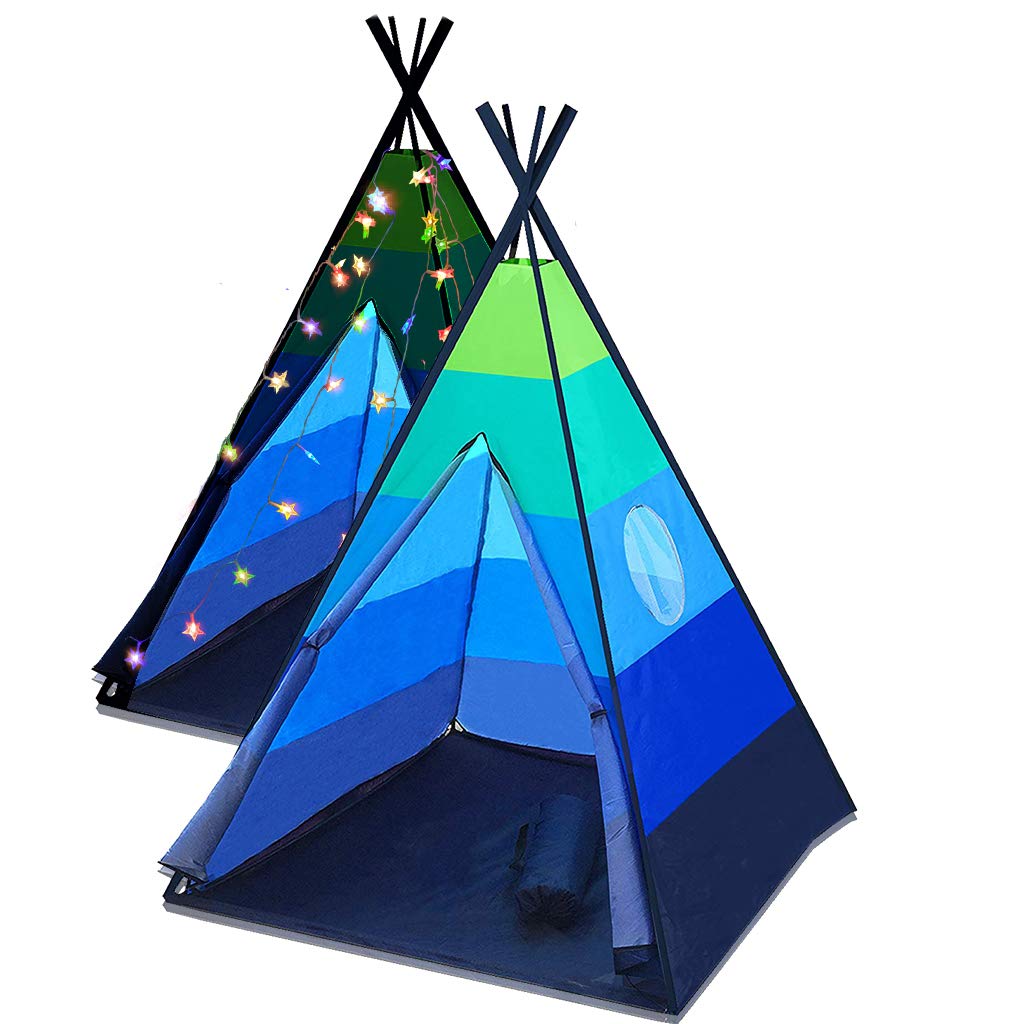
Amazon
Kids Play Tent for Sensory Space
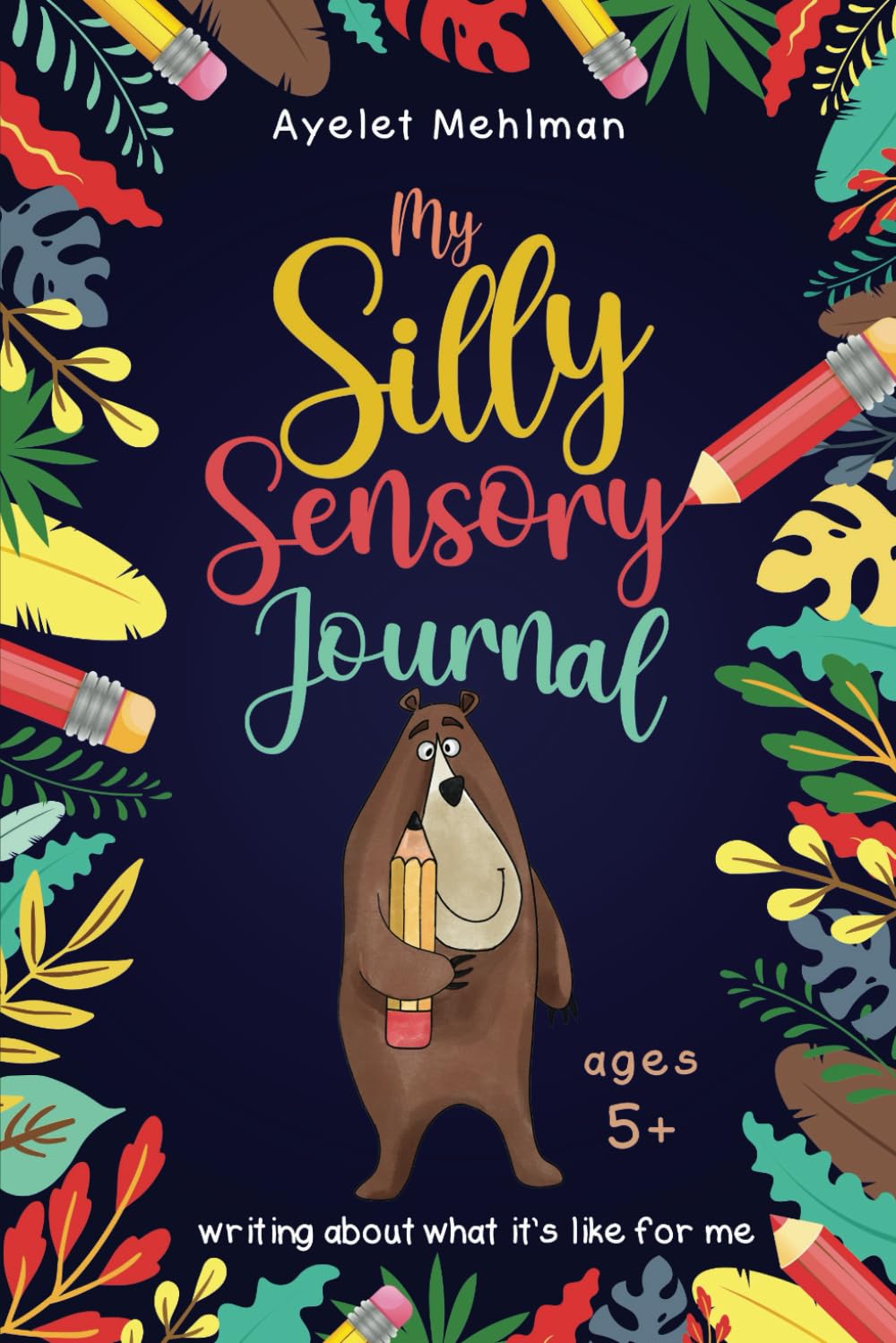
Amazon
My Silly Sensory Journal
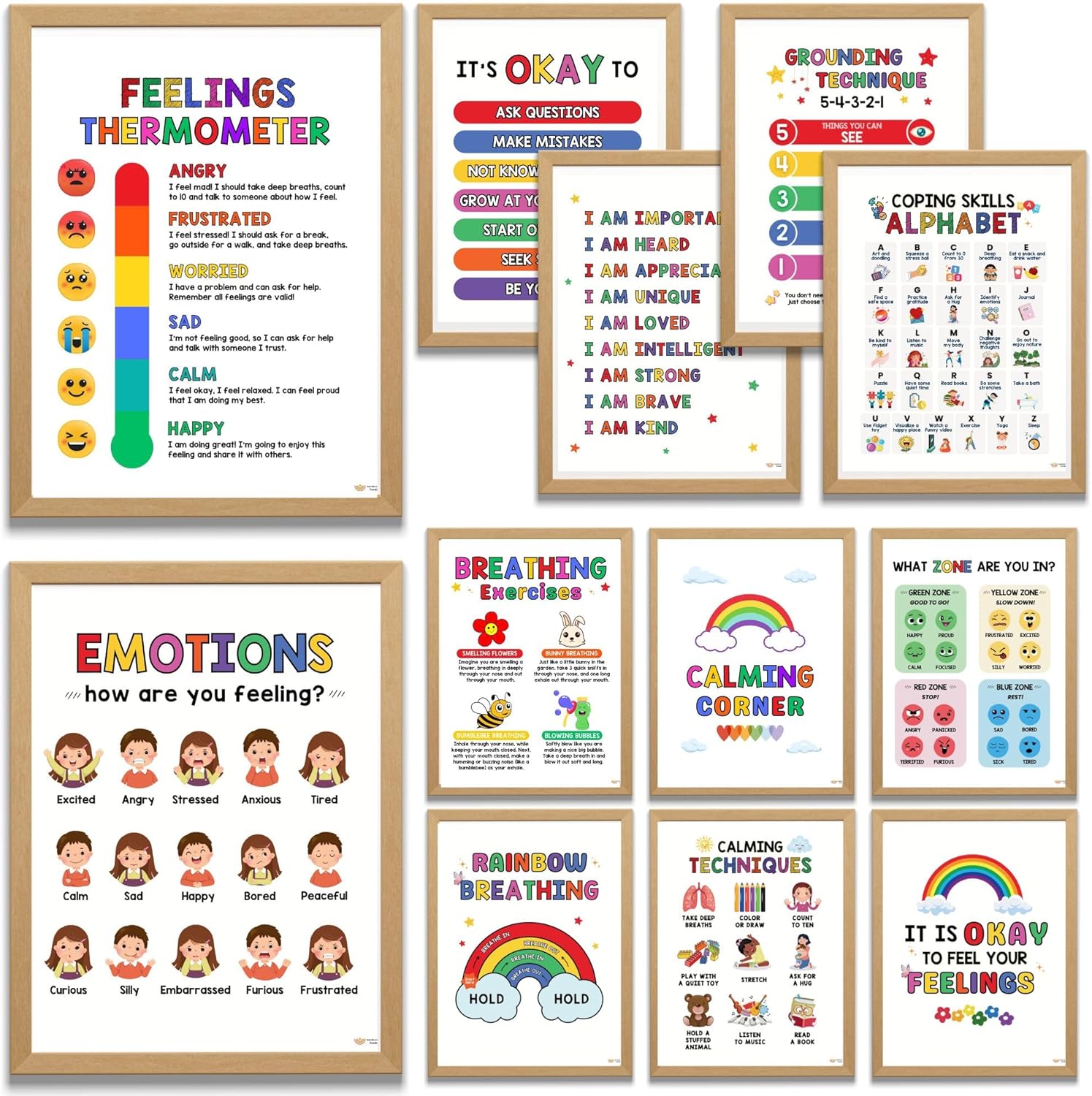
Amazon
Calming Corner Sensory Area Posters

Abby & Noah Co.
Sensory Swing Indoor/Outdoor Hammock
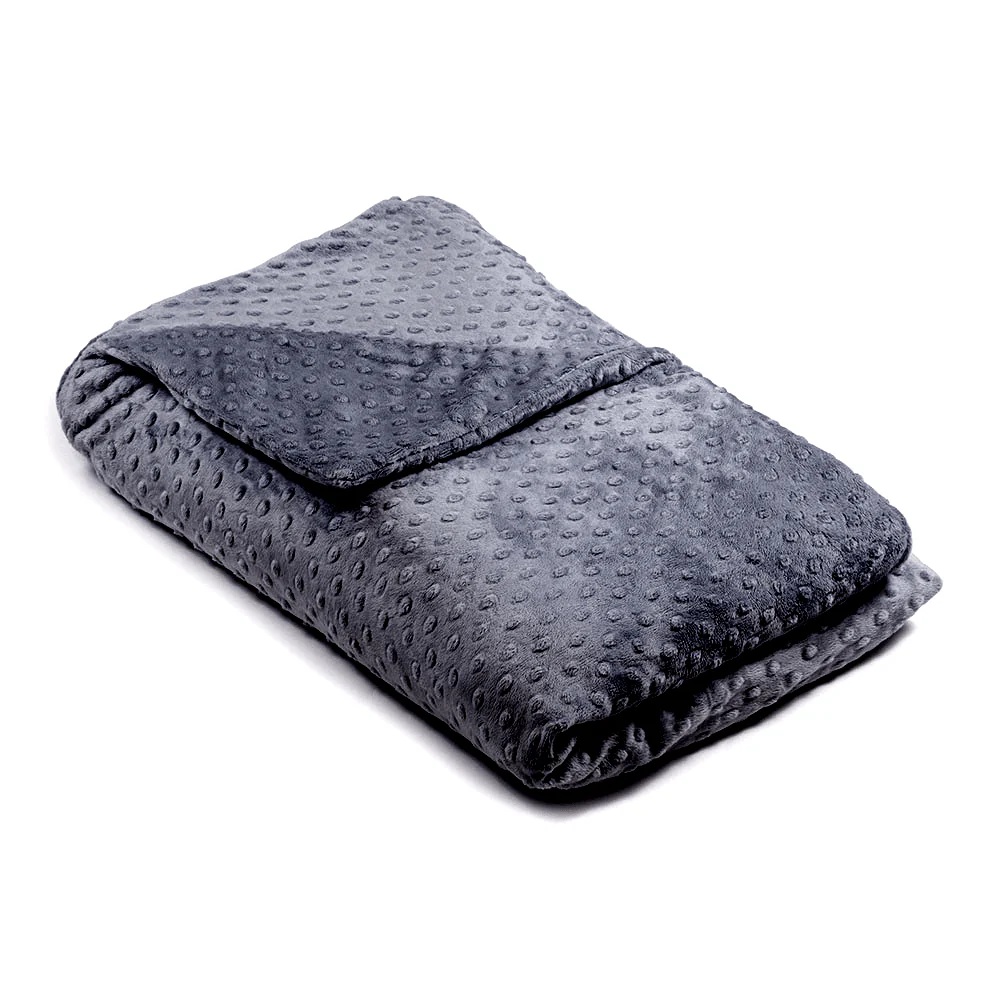
Magic Weighted Blankets
Kids Dark Grey Minky Weighted Blanket Kids
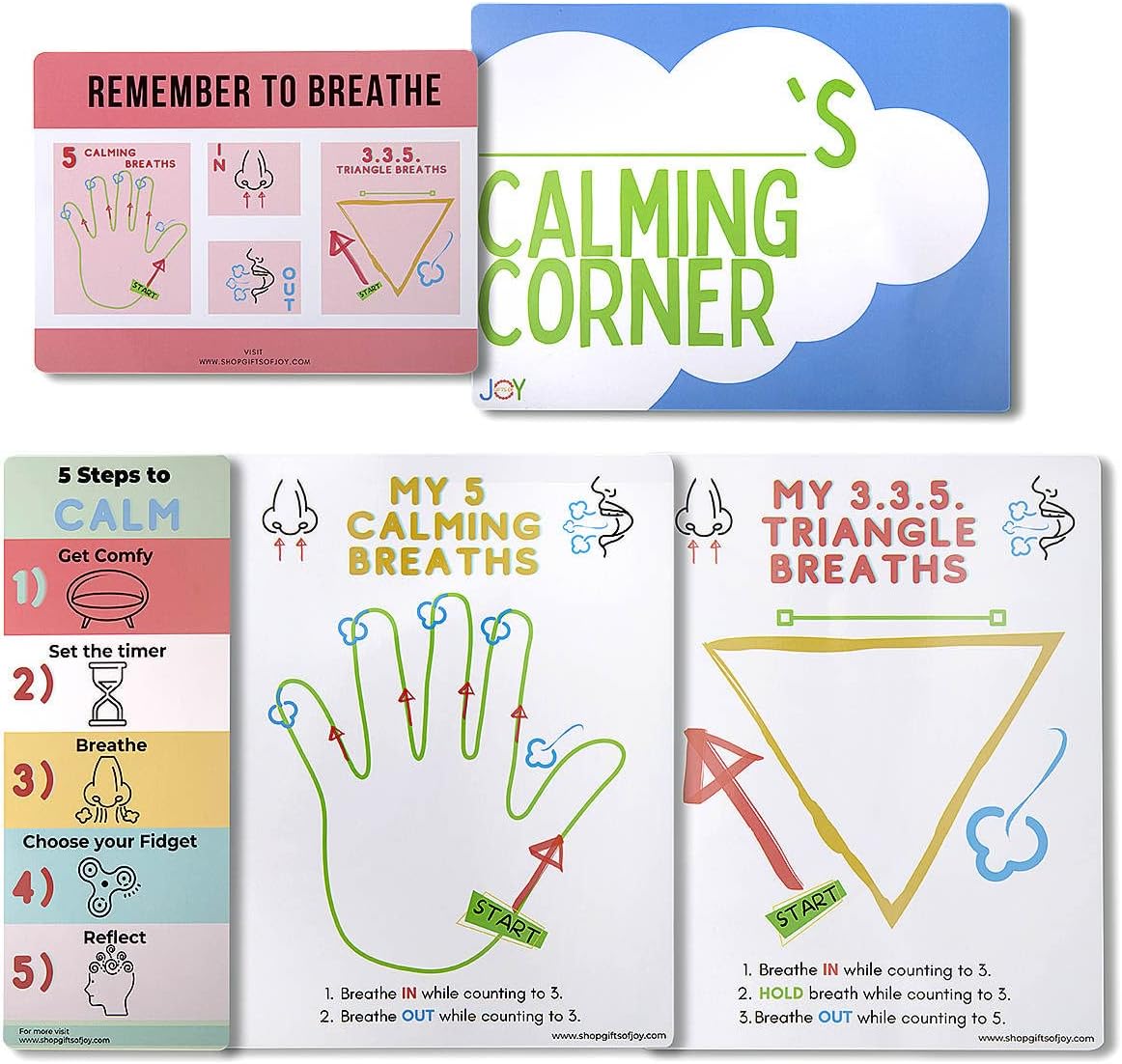
Amazon
Calm Corner Kit Visual Posters Breathe Guide
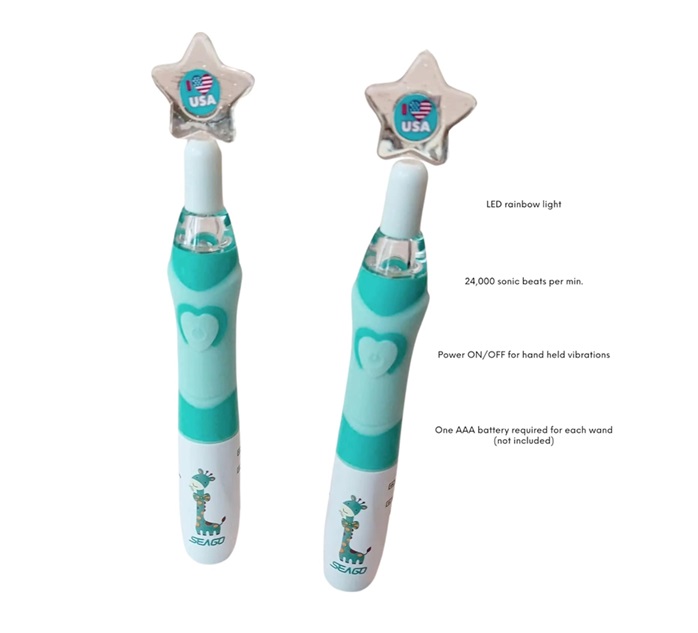
Amazon
Calming Vibration Self Regulation Tool
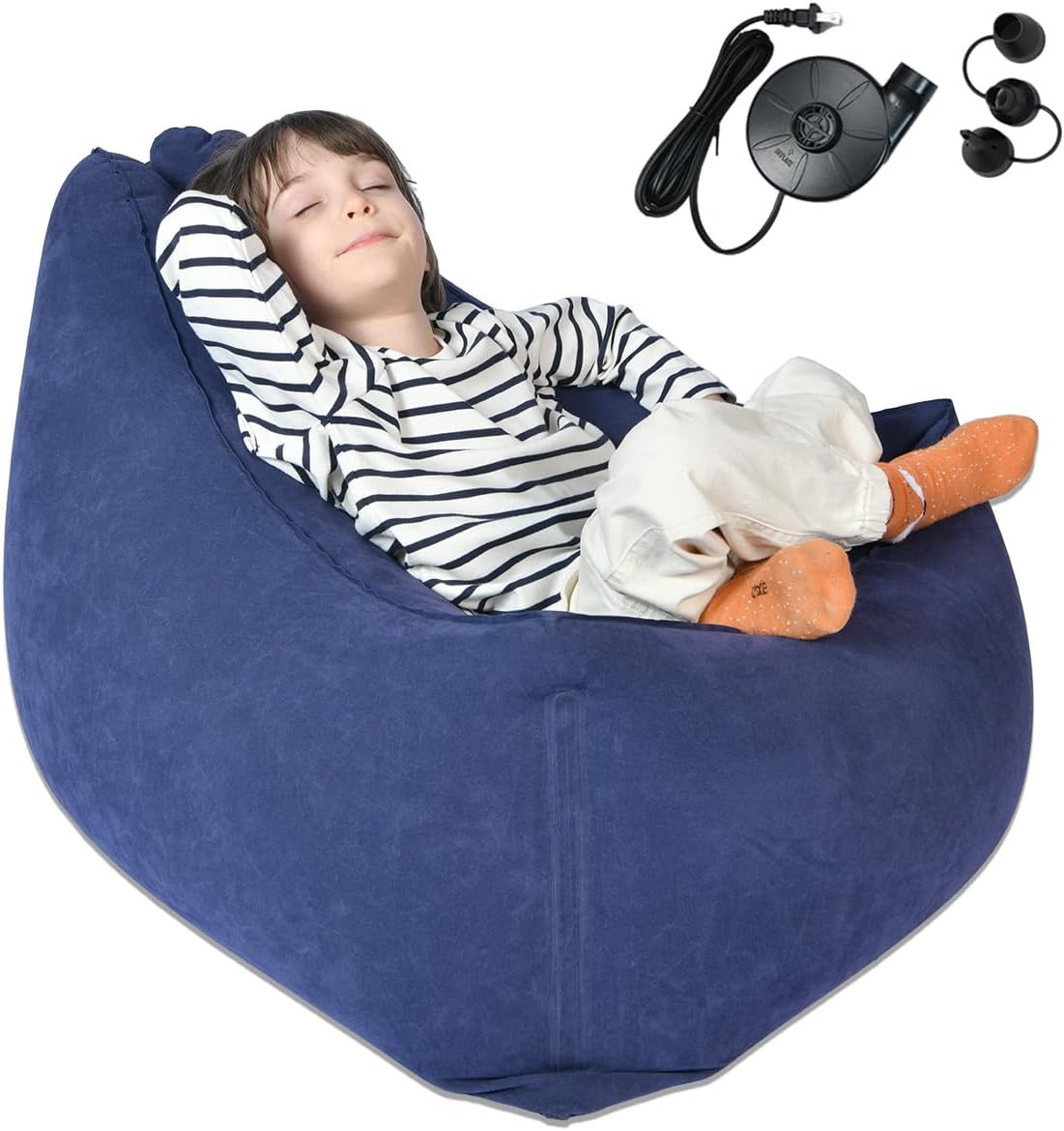
Amazon
Inflatable Sensory Chair for Kids
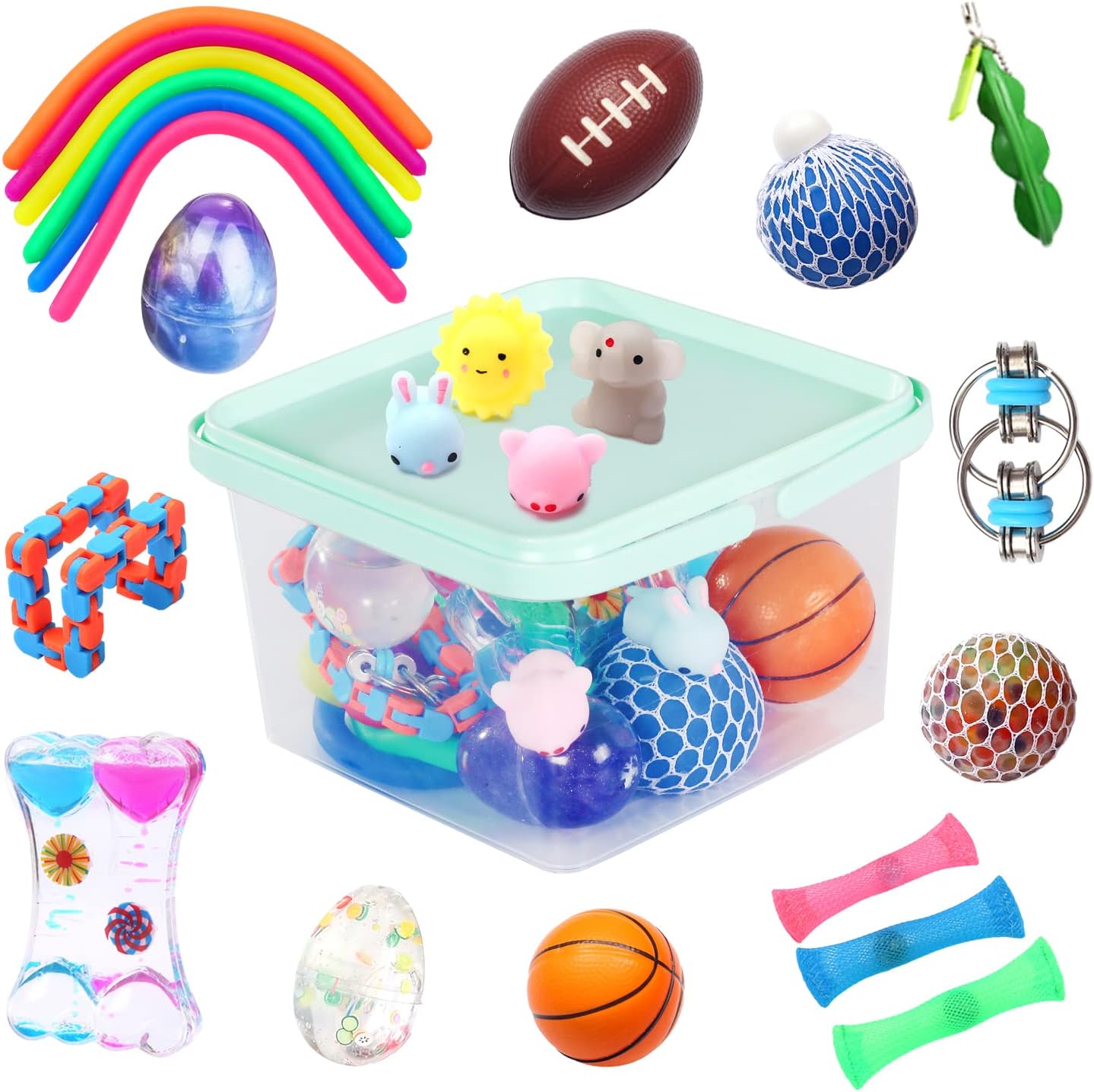
Amazon
Fidget Bundle of Sensory Fidgets
